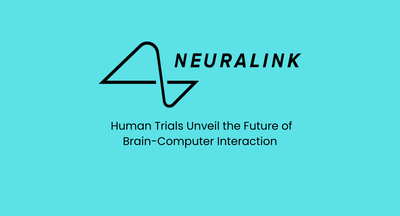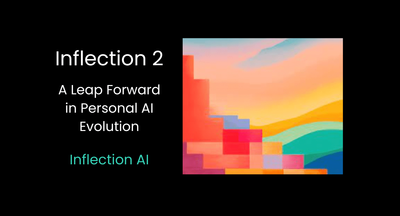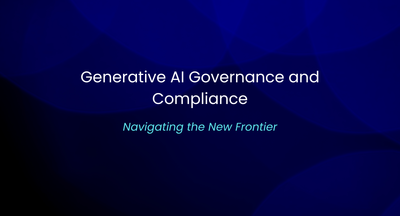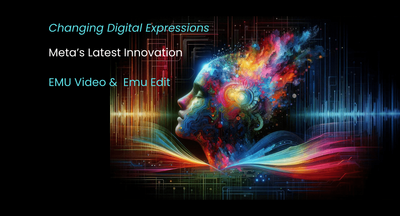DGX GH200
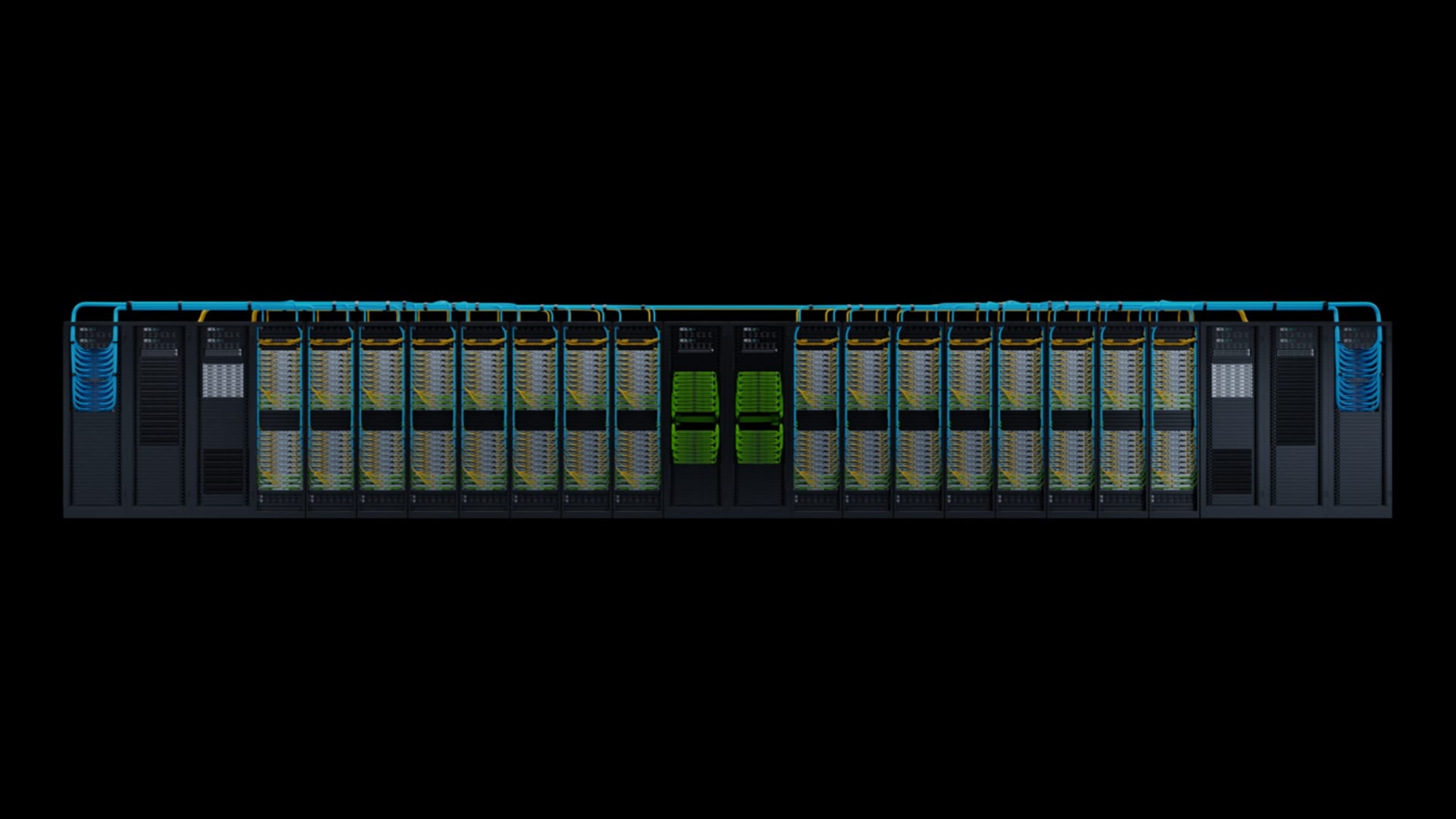
Nvidia, the renowned technology company, has recently made a groundbreaking announcement that has the potential to reshape the future of AI. Introducing the DGX GH200, a supercomputer with revolutionary capabilities that are set to astound. Equipped with an astonishing 500 times more memory than current systems, this supercomputer is already attracting the attention of tech giants Google, Meta, and Microsoft.
The primary goal behind the DGX GH200 is to revolutionize generative AI, recommender systems, and data processing on an unprecedented scale. The implications for language models, such as GPT, are immense. This development promises significant benefits for regular users, but what exactly does it mean for them?
Describing the DGX GH200 requires delving into technical terms that most users are unfamiliar with. For instance, it provides an impressive 1 exaflop of performance and boasts 144 terabytes of shared memory, nearly 500 times more than a single Nvidia DGX A100 system.
Let's break down the mind-boggling 1 exaflop figure a bit further. This translates to a quintillion floating-point operations per second (FLOPs). To put it into perspective, Nvidia's overclocked RTX 4090 can reach around 100 teraflops (TFLOPs), which is one trillion floating-point operations per second. The disparity is staggering, but it's important to note that the RTX 4090 is not a data center GPU. In contrast, the DGX GH200 integrates a substantial number of high-performance GPUs that are designed for data center use.
At the core of the DGX GH200 lies Nvidia's GH200 Grace Hopper Superchips, with a total of 256 chips working together as a unified system, effectively creating one massive GPU. These Superchips boast an ARM-based Nvidia Grace CPU and an H100 Tensor Core GPU, eliminating the need for a traditional PCIe connection between the CPU and GPU. Nvidia's utilization of the NVLink-C2C chip interconnects significantly improves bandwidth between the processor and graphics card, resulting in a sevenfold increase in performance and up to five times greater power efficiency.
Impressively, the DGX GH200 houses over 200 of these chips in a single supercomputer, representing a massive leap from the previous limit of eight GPUs connected via NVLink. Nvidia's achievement in scaling up to 256 chips provides a remarkable achievement and solidifies its technological prowess.
So, where will the DGX GH200 find its home, and what contributions can it offer to the world? Nvidia is constructing its own Helios Supercomputer to further advance AI research and development, incorporating four DGX GH200 systems interconnected with Nvidia's Quantum-2 InfiniBand technology. This powerful infrastructure is expected to be operational by the end of the year.
In addition, Nvidia is collaborating with industry giants Google Cloud, Meta, and Microsoft to explore generative AI workloads. The potential impact on Google and Microsoft's platforms, such as Bard, ChatGPT, and Bing Chat, is immense. With the computational power of the DGX GH200, training sophisticated language models can reach new heights. Larger models, enhanced cultural understanding, improved context comprehension, and greater coherency are just some of the exciting possibilities. Specialized AI chatbots may also emerge, gradually replacing humans in various technology-related fields.
The implications of these supercomputers are not without their complexities. Concerns arise regarding potential job displacement, while others are exhilarated by the advancements they could bring. It is clear, however, that Nvidia's DGX GH200 has the potential to disrupt the AI landscape and further solidify Nvidia's leading position in the field.

We research, curate and publish daily updates from the field of AI. Paid subscription gives you access to paid articles, a platform to build your own generative AI tools, invitations to closed events and open-source tools.
Consider becoming a paying subscriber to get the latest!
No spam, no sharing to third party. Only you and me.



